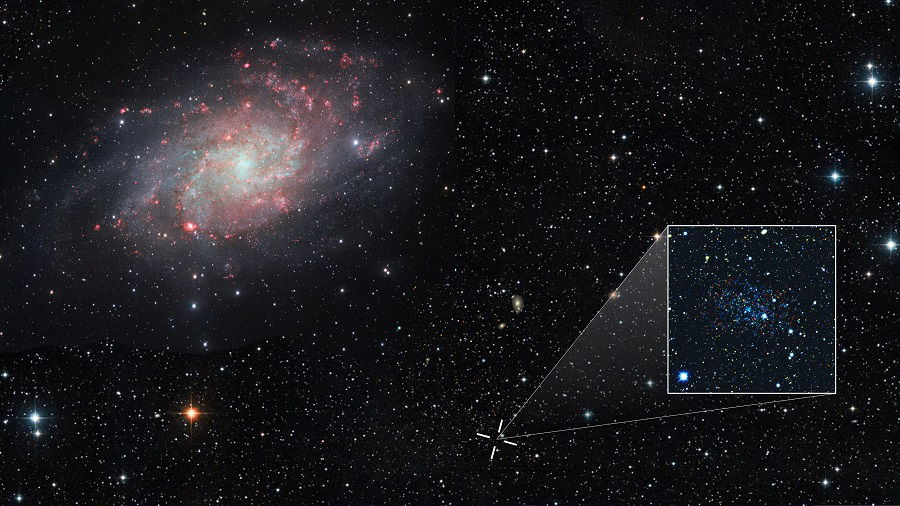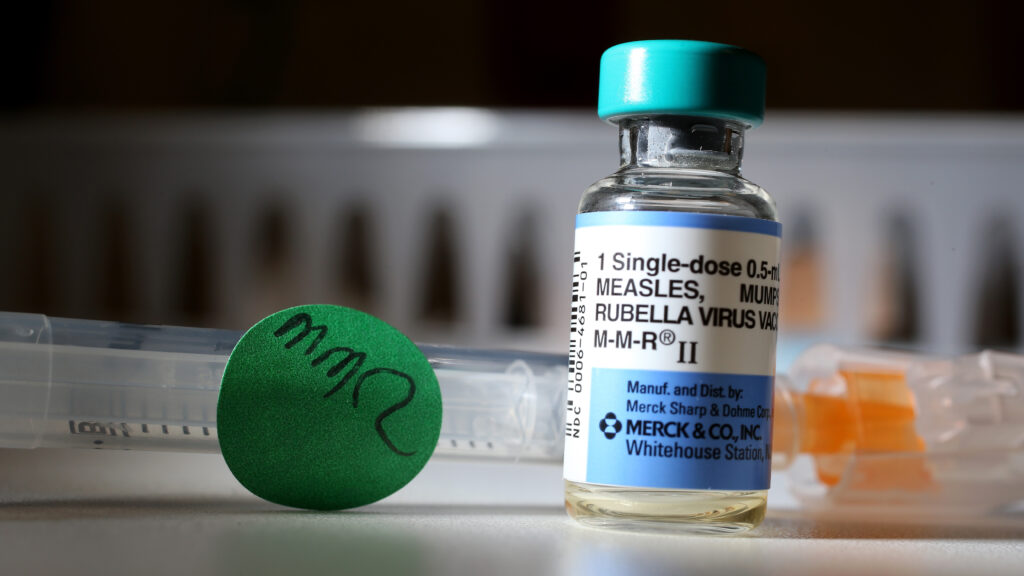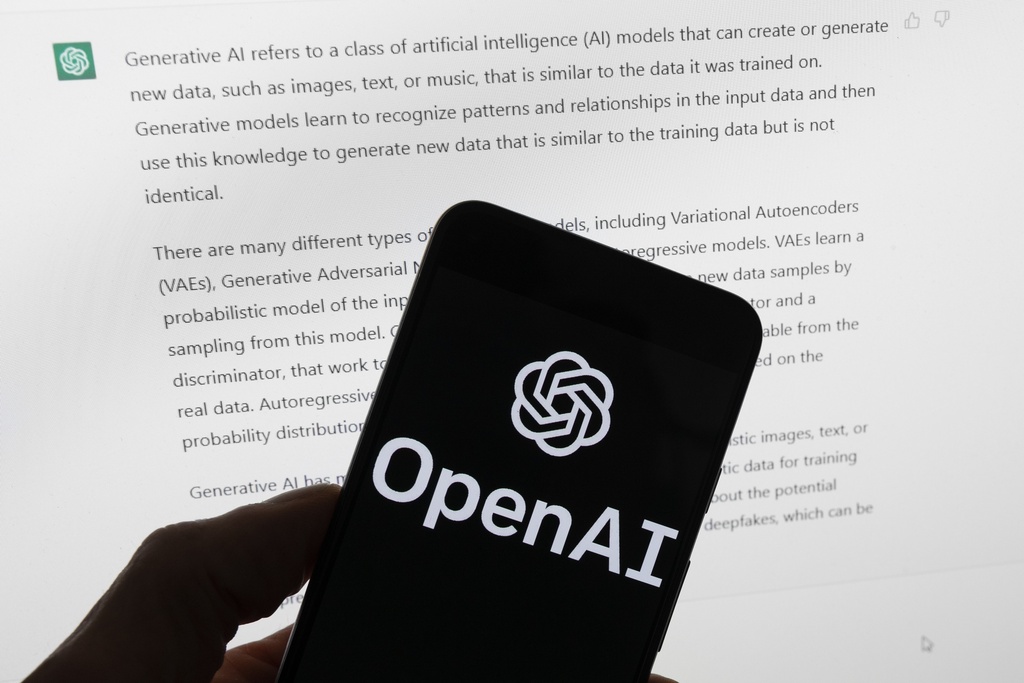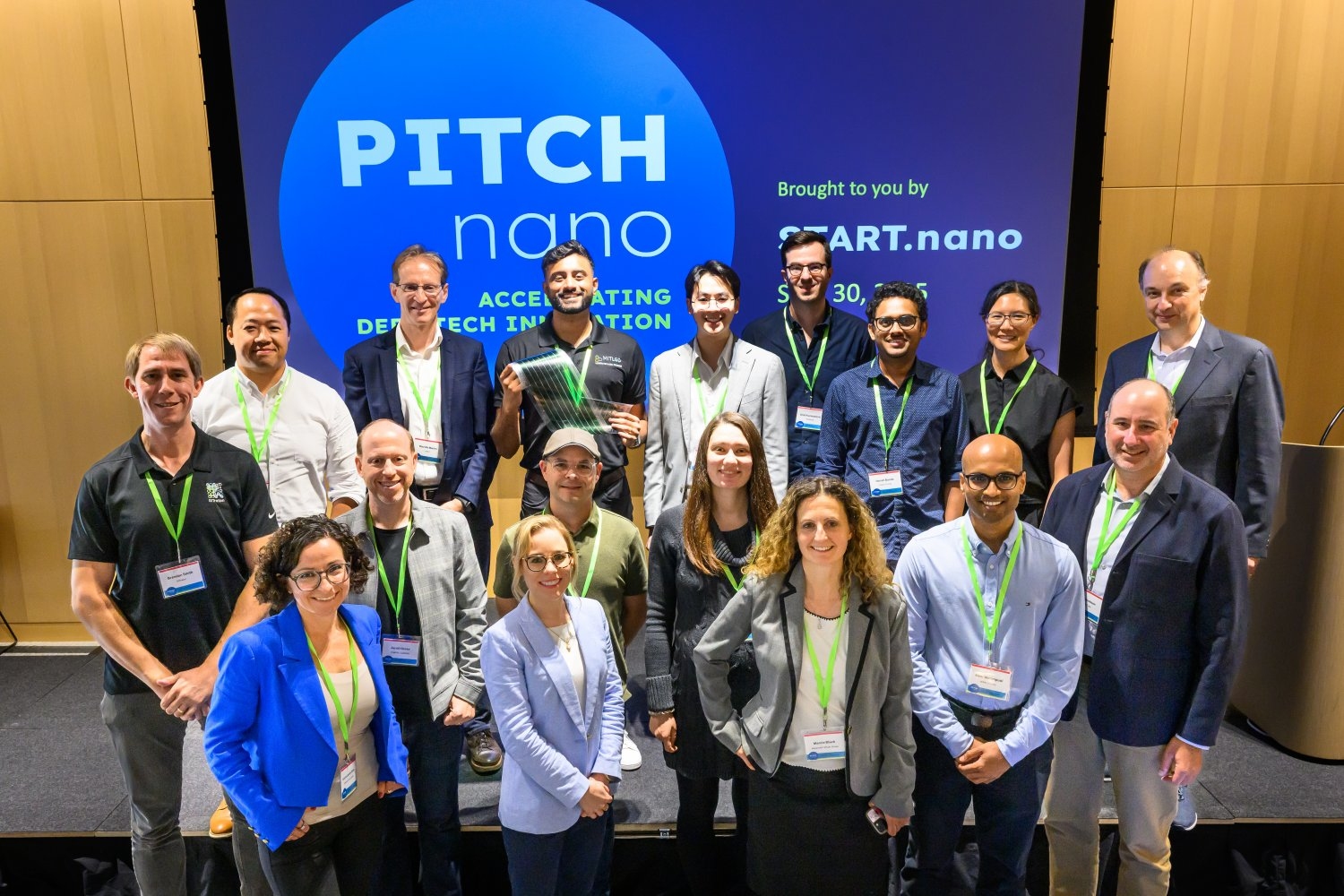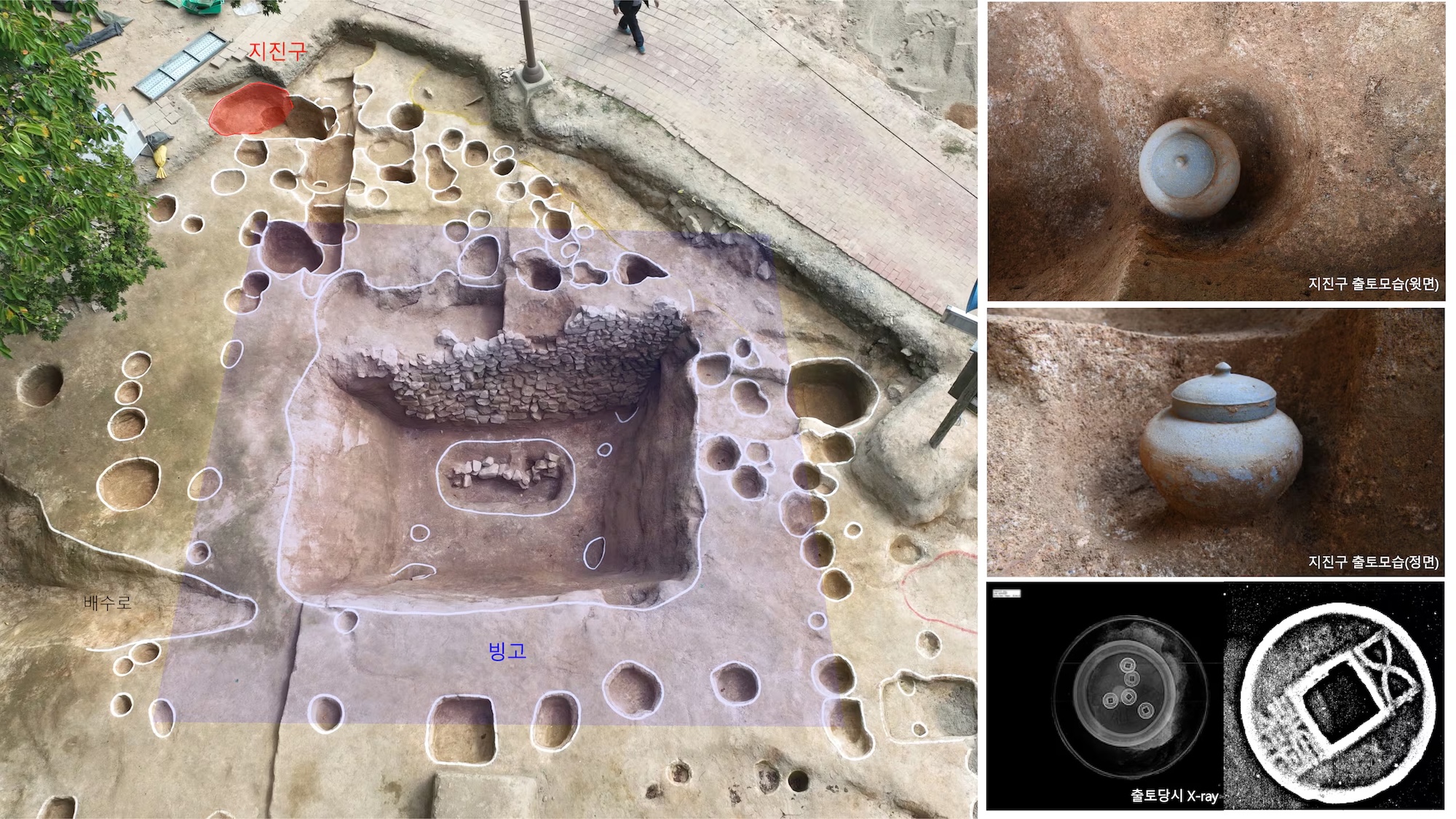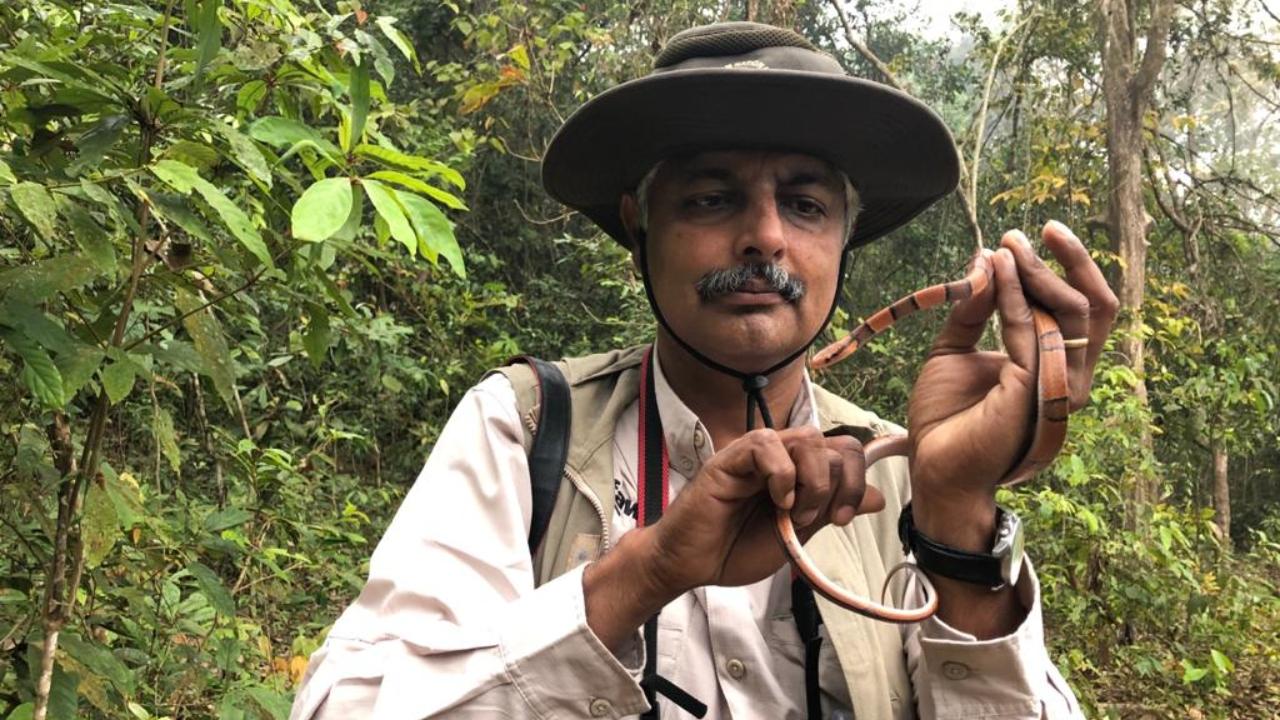For decades, scientists have puzzled over why galaxies spin faster than expected. The stars in their outer regions move so quickly that, by the laws of physics, they should fly apart. Something unseen-something massive-seems to be holding them together. This invisible force has long been attributed to dark matter, a mysterious substance that makes up [.] The post Tiny dwarf galaxies help solve a 40-year dark matter debate appeared first on Knowridge Science Report.
Category: science
The post Vitalik Buterin Calls for “Open Source and Verifiable” Self-Driving Cars appeared com. On November 2, Ethereum (ETH) co-founder Vitalik Buterin sent a short but pointed message into the tech ether: “We need open source and verifiable self-driving cars.” The tweet landed like a provocation and a challenge at once, a call for transparency in a field where code, models and sensor streams decide life-or-death outcomes, and where opaque, proprietary stacks have so far dominated the road. At first glance, the line reads like a principled manifesto: open source as a check against proprietary secrecy, and verifiability as a guardrail for trust and accountability. But there’s a deeper technical case folded into that phrase. Autonomous systems are not just software; they are sensor networks, machine-learning pipelines, communications infrastructures and legal constructs. Making them “verifiable” means building mechanisms to prove, to regulators, to courts, and to the public, that a vehicle was running a particular software version, that its decision-making process met a safety contract, or that a sensor reading was authentic and unaltered. Blockchain and modern cryptography offer practical ways to stitch those proofs together without turning every car into a streaming data breach. Immutable Ledger The simplest blockchain analogy is the immutable ledger. If a vehicle publishes cryptographic hashes of critical telemetry, software manifests, or signed attestations onto a permissioned ledger, investigators can later show that the evidence they examine matches what the car itself declared at the time. That is the idea behind several academic proposals and prototypes: fragmented ledgers for vehicle forensics, “vehicle passports” that anchor attestations off-chain while keeping proof on-chain, and permissioned blockchains that constrain who can write or read sensitive automotive records. Those systems aim to preserve privacy while maintaining tamper-evidence, a vital balance when the raw sensor logs from LIDAR, radar and cameras are privacy goldmines. But verifiability at the scale required by autonomous vehicles also.
The chatbots tested overwhelmingly leaned progressive over conservative, globalist over nationalist, and regulatory over libertarian.
Twelve START. nano companies competed for the grand prize of nanoBucks to be used at MIT. nano’s facilities.
Los aficionados al planeta rojo se unieron a los científicos en una conferencia anual patrocinada por la Mars Society. Uno de los asistentes dijo que aceptaría un “boleto sin regreso”.
The 1,400-year-old ‘bingo’ is the oldest known facility of its kind.
The post Ancient underground freezer unearthed at South Korean castle appeared first on Popular Science.
An Indian wildlife conservationist, environmental commentator, author and photographer with a passion for elephants, Vivek Menon is a conservation leader whose lifelong dedication has created positive, global change for wildlife and natural habitats.
The air quality in the Delhi-National Capital Region (NCR) has deteriorated further, with five monitoring stations recording an Air Quality Index (AQI) above 300.
百日ぜき、初の8万人超 18年以降の最多更新続く
